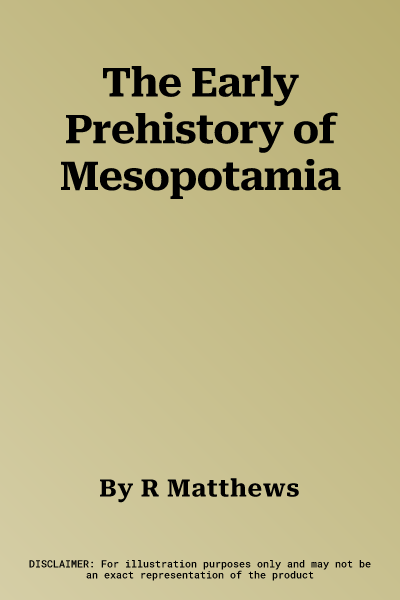R Matthews
(Author)The Early Prehistory of MesopotamiaPaperback, 25 March 2000

Qty
1
Turbo
Ships in 2 - 3 days
Only 2 left
Free Delivery
Cash on Delivery
15 Days
Free Returns
Secure Checkout

Print Length
250 pages
Language
English
Publisher
Brepols Publishers
Date Published
25 Mar 2000
ISBN-10
2503507298
ISBN-13
9782503507293
Description
Product Details
Author:
Book Format:
Paperback
Country of Origin:
US
Date Published:
25 March 2000
Dimensions:
29.54 x
21.21 x
0.99 cm
ISBN-10:
2503507298
ISBN-13:
9782503507293
Language:
English
Location:
Turnhout
Pages:
250
Publisher:
Weight:
612.35 gm